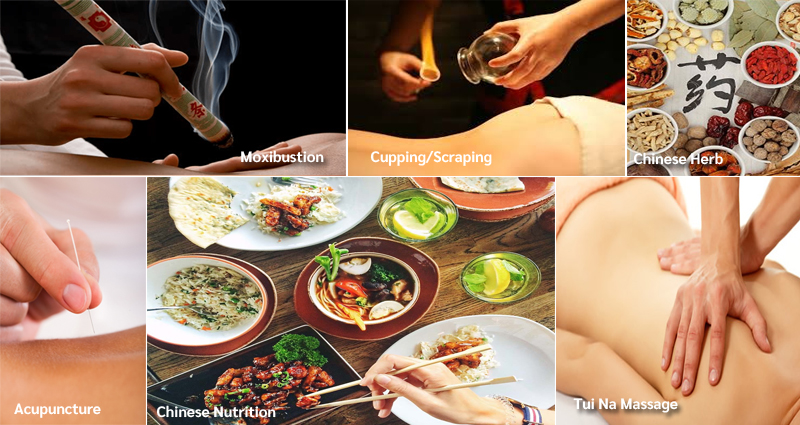Basics of the traditional Chinese medicine
Traditional Chinese medicine refers to a medical system partially founded on the ideology that energy, referred to as qi, moves through body pathways referred to as meridians. According to this belief, if there is a blockage of qi’s movement through the meridians or the movement is unbalanced, this causes an illness. Chinese medicine has been practised in the country for thousands of years and is continually rising in popularity in most Western countries. Various causes are said to result in the imbalance of qi, and this includes.
- Lifestyle factors including little sleep, overconsumption of alcohol or having a poor diet
- Internal forces including; the emotion of fear, joy or anger.
- External forces including heat, wind or cold
Traditional Chinese medicine also involves another great concept, the yin and yang. According to this ideology, all things, including the body, are made up of forces referred to as yin and yang. An … Read More










